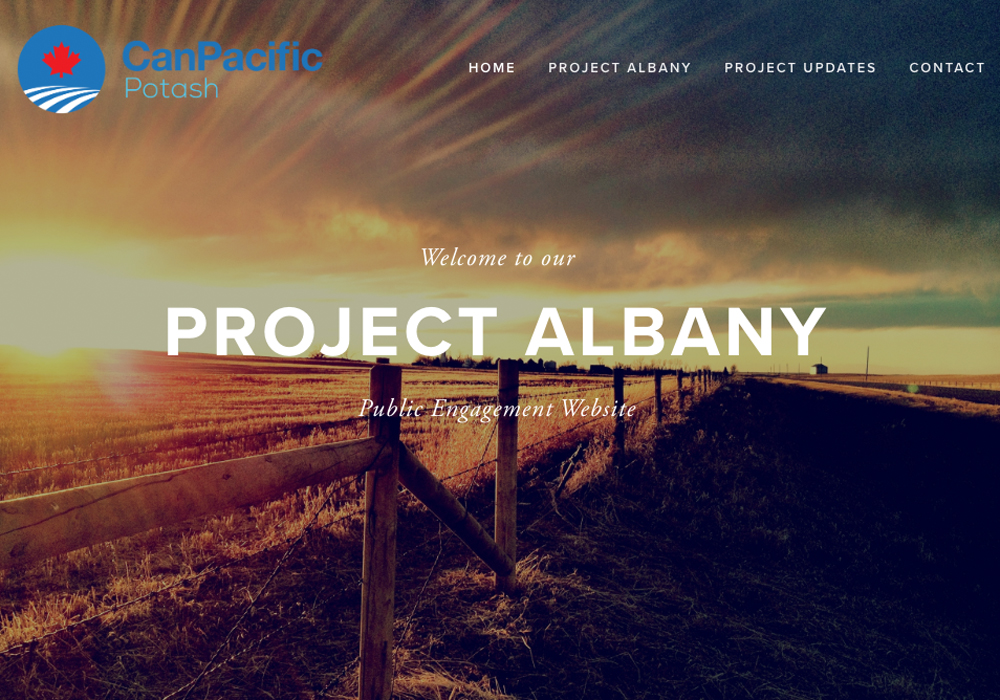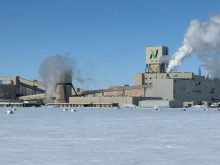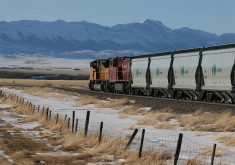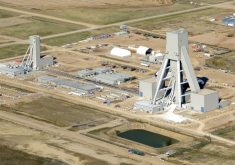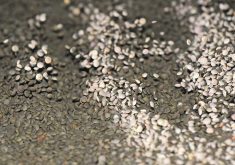A proposed potash mine in southeastern Saskatchewan has cleared one environmental hurdle but has several more ahead before the project can proceed.
The provincial government has granted conditional environmental assessment approval to CanPacific Potash’s Albany project, which is to be located in the Sedley-Francis area (map).
But it must meet several more conditions, including mitigating or compensating for affected native grassland and wetland habitat.
Albany would be a solution mine producing 3.25 million tonnes of potash each year.
Read Also

Farming Smarter receives financial boost from Alberta government for potato research
Farming Smarter near Lethbridge got a boost to its research equipment, thanks to the Alberta government’s increase in funding for research associations.
Environment minister Dustin Duncan told reporters last week that the plant site will be on cultivated land but potential concern arises from future well-pad sites.
“In the event that there is the potential for impact on either grasslands or wetlands they will need to have a mitigation plan approved by the ministry of environment before they get approvals for those sites as well,” he said.
There are 10 conditions attached to the approval and three are specific to the project.
The proponents also need to get approval from the rural municipality, Water Security Agency, highways and energy and resources, Duncan said.
If wetlands or grasslands are to be affected, the company has to provide mitigation or compensation. This could include restoring wetlands or creating new wetlands, for example.
Three solution mines already operate in the province. According to information from the ministry, solution mines produce fewer tailings than traditional shaft mines, have a lower engineering risk because there are no underground works, and have reduced subsidence because the potash is selectively removed.
Solution mines do have higher energy and water requirements, however. Water use for Albany is pegged at between 24,000 cubic metres per day and 39,600 cubic metres per day depending on rate of production.
Duncan said an environmental assessment carried out several years ago for SaskWater as a proponent granted approval to provide water through the Buffalo Pound system.
“SaskWater has gone through the process to determine that there is the ability to provide water in a sustainable fashion going forward to not only this project but if there are additional industrial projects,” the minister said.
Public Pastures — Public Interest, a group that supports grasslands preservation, said the Albany project could harm natural landscape in the area. It said up to 14,800 acres could be affected along the upper Wascana Creek watershed.
“It’s good to see that the province is putting some conditions on their approval,” said spokesperson Trevor Herriot, “but we hope the project will be shut down during the next phase of approvals.”
Herriot said people want governments to make wise decisions when it comes to climate change and water use.
“How can this government justify a project that will salinize and permanently remove millions of cubic metres of water from the Qu’Appelle Watershed while destroying habitat for 146 species of prairie wildlife and plants, including 13 species at risk, and releasing untold tons of greenhouse gases?” he said in a written statement.
The group also says that restoration of grasslands is a poor substitute for old growth prairie and well established wetlands.
Duncan said the environmental approval is for 20 years; the proponents are projecting a 70-year life for the mine.
“If they do proceed with the mine and do reach that 20 years, in order to get further approvals beyond that they would have to come back to the ministry of the environment,” he said.
Contact karen.briere@producer.com




